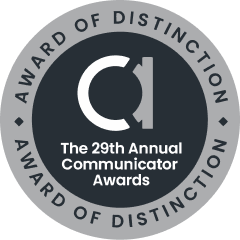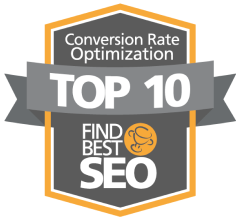In decades past, the cycle of technological advancement typically involved old tech being replaced by better, new tech. However, recent years have shown that technology is undergoing somewhat of a renaissance; it is becoming more and more advanced and adding entirely new tools to the landscape. Undoubtedly, this rapid pace will not only likely continue, but accelerate. With Artificial Intelligence (AI), the Internet of Things (IoT), the use of Big Data, and more, it is becoming increasingly difficult for companies to remain nimble in an ever-changing environment and make the best use of what is currently available, but also anticipate what is to come. Central to this is making technology work most efficiently for marketing, branding, and PR.
A study conducted by the University of Southern California’s Annenberg School for Communication and Journalism tackled just this issue by surveying 2,100 CEOs, PR professionals, and PR students on their thoughts regarding technology’s place in PR, marketing, and communication. Based on the information in this study, several key themes have emerged which highlight the need companies have for a team of seasoned marketing professionals who are knowledgeable about new tech, know how best to use it, and can remove potential confusion, alleviate stress over the unknown, and free up resources.
1) The Fast Pace of Changing and New Technology
It comes as no surprise that the rate at which technology is changing and new technologies are being added has drastically ramped up in recent years. Fred Cook, Director of the USC Center for Public Relations, sums it up well when he says, “Today, technology changes so rapidly that it’s hard to keep up. Every day, a new app, device or platform is piled onto the growing tech stack available to media, marketers, and communicators.” Gone are the days when Windows 95 was simply replaced with a tweaked and more streamlined operating system. Because of this, small and large companies alike are at risk of falling behind in a short amount of time. Outsourcing the task of keeping up with and properly utilizing the tools likely to materialize due to this exponential growth can not only help ensure that a company stays current and effective, but free up resources to focus on other components of a business.
2) Social Media’s Effect on Branding, Awareness, and Customer Opinion
According to those surveyed, social media is a “double-edged sword”; it can quickly spread the information you want to reach a mass audience, but can also quickly sour your brand based on only a handful of negative tweets or posts on Facebook. To combat this, having an experienced social media manager is key so that your company’s voice is carefully curated, not drowned out. Additionally, hiring a firm which specializes in Search Engine Optimization (SEO) can ensure your company’s website garners visibility from potential customers researching your company, product, service, or industry. SEO management is an ongoing effort and requires experience; something not all companies can afford to do in-house.
3) A Potential Disconnect Between CEOs and the Changing Role of Marketing Due to Technology
A majority of CEOs surveyed in this study would prefer that new technology and communication mostly be focused on sales, while PR/Marketing professionals rank “data analytics to gain insights” and defending the brand as their top priorities. This is to be expected, but in-house marketing teams run the risk of sacrificing the use of new tech to essentially become salespeople. But a firm with many years of experience working with a multitude of companies can be more adept at balancing the obvious need to increase sales with knowledge and expertise utilizing data analytics, SEO, social media, and brand awareness.
4) Opinions on the Use of Traditional vs. Emerging Tech
59% of individuals surveyed indicated that video production, more traditional use of technology, as a skill necessary for a company to succeed. At the same time, 43% indicated that predictive AI technology was as well. Being able to excel at both of these seemingly disparate uses of technology is not an easy feat for a typical marketing team which may be stretched thin or lacks experience in one or the other. However, considering seeking help outside of your own company can help pick up any slack so that neither old nor new marketing tools languish, as both serve important purposes now and will in the future.
5) The Art of Technology use in Marketing and PR
Technology of all varieties is only as good as the people who implement it, interpret it, and use it. There is a definite art to properly utilizing any data gathered, streamlining marketing automation, creating effective mass customer contact, and many more elements of marketing. It is easy to get bogged down by too much information, too much to do, differing objectives, and a lack of experience. With the knowledge gathered over many years by working with an array of companies, services, and products, the right team will have honed its skills and most likely intuitively know how to best use not the only technology available today, but what is to come.
Justin Mayberry
Technical Writer
Justin graduated from the University of Houston with a Bachelor of Science in Psychology and Master of Arts in Public Administration with a concentration in public policy and analysis.
Prior to joining Advertas, he gained varied experience in management as well as government/nonprofit policy and contract administration working in the legal department of The University of Texas M. D. Anderson Cancer Center. In his role at Advertas, Justin serves as a part of the technical writing and analytical backbone of the marketing team. Justin is a specialist in technical writing and research, communicating the client’s value proposition in every piece of content, adept at writing for both the human reader as well as search engines.








